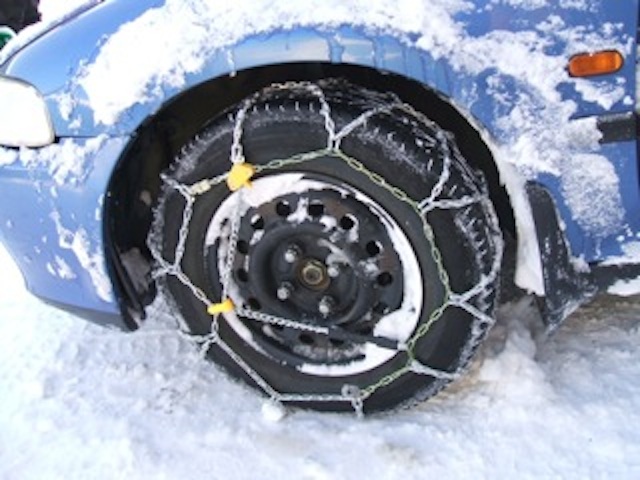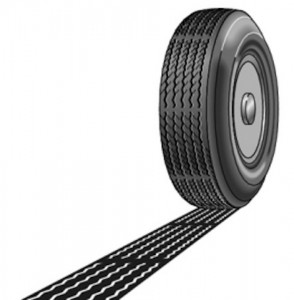
There could be a number of factors that are causing problems with your tyres. Below is a list of important things to check before you head away.
Look for things embedded in each tyre. Regularly examine the tyres for damage; bumps or bulges, foreign objects, cuts, cracks and tread wear (often a result of kerbing/scraping). Replace the tyre if damage is evident.
Are there nails, stones, or other debris embedded in the treads? Remove them. But if you’re going to remove a nail, first make sure that your spare tyre is inflated and in warrantable shape.
If you hear a hissing sound when you pull a nail, push the nail back in quickly and take the tyre to be fixed. If you aren’t sure whether air is escaping, put some soapy water on the hole and look for the bubbles made by escaping air. If you’re still not sure whether the nail may have caused a leak, check your air pressure and then check it again the next day to see whether it’s lower. Tyres with leaks should be repaired by a tyre professional. If the leak persists, get a new tyre.
Look at the sidewalls. Check for deeply scuffed or worn areas, bulges or bubbles, small slits, or holes.
Look at the tyre pressure. Tyre pressures are vital for balanced braking, maximum grip and maximum tyre life. Recommended pressures vary according to load or speed. The part of the tyre in contact with the road is the ‘footprint’. Incorrect tyre pressures will cause rapid wear and shorter tyre life. Check the pressure in your tyres regularly and when the car has been parked for at least three hours. If you think a tyre might be low, try and check it immediately with a tyre gauge and do not forget your spare tyre! The recommended cold tyre pressures are usually given on the tyre information label that is frequently found on the front or rear doorjamb on the driver’s side, in the centre console, the inside of the glovebox lid, or in the vehicle handbook. The pressure can be checked at the majority of service stations.
Underinflated tyres wear out faster, create excessive heat, increase fuel consumption, and make your car harder to handle. Overinflated tyres are more easily damaged by road debris, wear out faster, and may make the car unstable and unsafe to handle. And a new set of tyres on wheels that are out of alignment can wear irreversibly in as little as one day of hard driving!
Look at the treads. Most car tyres have tread-wear indicators built into them. These bars of hard rubber are normally difficult to see in a new tyre but appear across treads that have been worn down to 1.5mm of the tyre tread base (the legal limit). If these indicators appear in two or three different places, less than 120 degrees apart on the circumference of the tyre, replace the tyre. Snow or winter tyres legally must have 4.0mm of tread depth and be a matched set.
It’s time for new tyres when tread wear indicators appear
If your tyres don’t show these indicators and you think that they may be worn below legal the limit, visit your tyre professional for a free tread depth check. Pay attention to leaks. If you keep losing air in your tyres, have your local service station or tyre shop check them for leaks. Sometimes an ill-fitting rim, leaking valve stem or valve.
How to read your treads
Clue |
Culprit |
Remedy |
| Both shoulders worn | Under-inflation | Add more air; check for leaks |
| Centre ribs or blocks worn | Over-inflation | Reduce pressure to manufacturer’s specifications |
| One-sided wear | Poor alignment | Have wheels aligned |
| Treads worn unevenly, with bald spots, cups, or scallops | Wheel imbalance and/or poor alignment | Have wheels balanced and aligned |
| Erratically spaced bald spots | Wheel imbalance or worn shock absorbers | Have wheels balanced or replace shock absorbers |
| Edges of front tyres only worn | Taking corners too fast or winding roads | Slow down and use alternative routes if possible |
| Saw-toothed wear pattern | Poor alignment | Have wheels aligned |
| Whining, thumping, and other unusual noises | Irregular tyre wear, poor alignment, or worn shock absorbers | Have wheels aligned or buy new tyres or shock absorbers |
| Squealing on corners | Poor alignment or under inflation | Check wear and inflation pressures |

